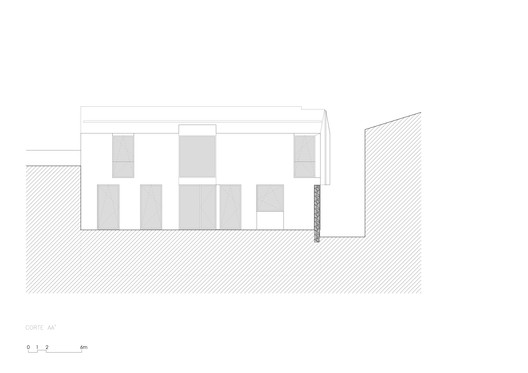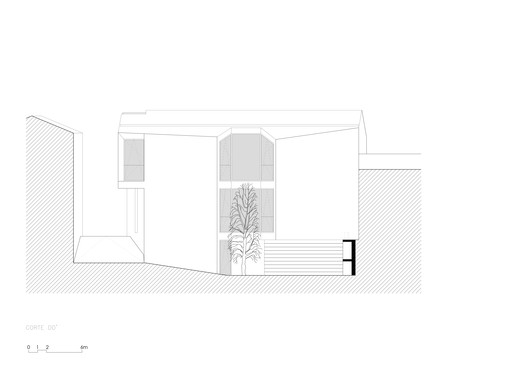
-
Architects: João Tiago Aguiar Arquitectos
- Area: 3347 ft²
- Year: 2020
-
Photographs:Fernando Guerra | FG+SG
-
Lead Architect: João Tiago Aguiar

Text description provided by the architects. The Mafra House, located by the Palácio Nacional de Mafra, a national monument better known by the contiguous Convent of Franciscan friars, is a project that has created a singular mix of forces between the past and the present.
















































